Home>Garden Essentials>How To Mulch Landscaping
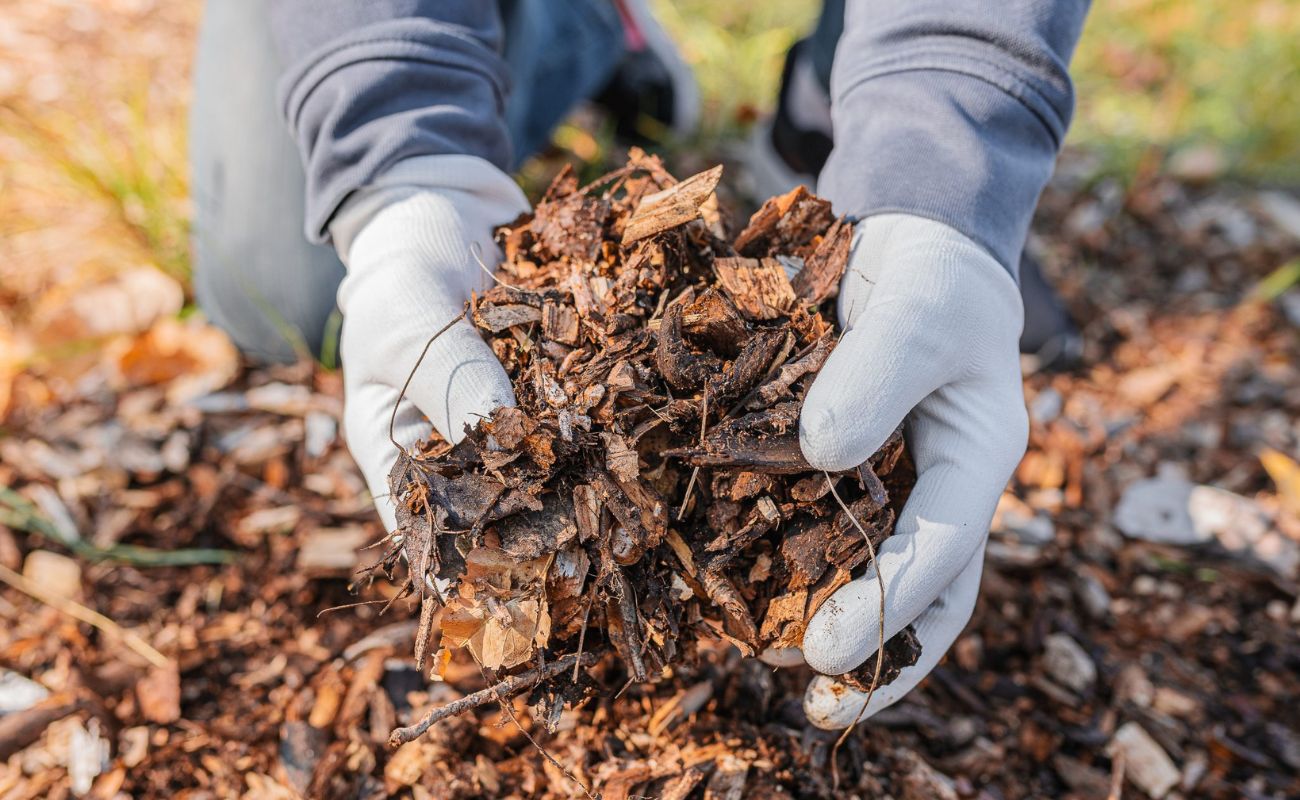

Garden Essentials
How To Mulch Landscaping
Modified: March 7, 2024
Discover the best techniques for garden landscaping with our comprehensive guide on how to mulch. Transform your outdoor space into a stunning garden with our expert tips and advice.
(Many of the links in this article redirect to a specific reviewed product. Your purchase of these products through affiliate links helps to generate commission for Storables.com, at no extra cost. Learn more)
Introduction
Welcome to the world of landscaping! Whether you are an experienced gardener or just starting out, mulching is a fundamental practice that can greatly enhance the health and beauty of your outdoor space. Mulching involves applying a layer of material over the soil surface, providing numerous benefits to your plants, soil, and overall landscape aesthetic.
In this article, we will explore the art of mulching in landscaping, discussing the different types of mulch, how to choose the right one for your needs, proper application techniques, and tips for maintaining a mulched landscape. By the end, you will be equipped with the knowledge to transform your garden into a thriving, visually stunning oasis.
So, let’s dig in and discover the wonders of mulching in landscaping!
Key Takeaways:
- Mulching in landscaping offers benefits like retaining moisture, suppressing weeds, and enhancing the visual appeal of your garden. Choose the right type of mulch based on your plant needs and climate for a thriving outdoor space.
- Properly preparing and maintaining mulch is essential for healthy plant growth. Avoid common mulching mistakes like overmulching and volcano mulching to ensure your garden remains vibrant and visually stunning.
Benefits of Mulching in Landscaping
Mulching offers a range of benefits that can improve the health and vitality of your plants, while also enhancing the overall aesthetic appeal of your landscape. Let’s take a closer look at some of the key advantages of mulching:
- Moisture Retention: One of the primary benefits of mulching is its ability to retain moisture in the soil. By creating a barrier between the soil and the air, mulch helps to reduce evaporation and keep the soil consistently moist. This is particularly beneficial during hot summer months or in dry climates, as it reduces the need for frequent watering.
- Weed Suppression: Another major advantage of mulching is its ability to suppress weed growth. A layer of mulch acts as a natural barrier, blocking sunlight from reaching weed seeds and preventing them from germinating. By minimizing weed competition, your plants can thrive without being overshadowed or deprived of valuable nutrients.
- Temperature Regulation: Mulch acts as a natural insulator, helping to regulate soil temperature. It keeps the soil cooler in hot summer months, protecting plant roots from excessive heat. Conversely, in colder seasons, mulch acts as a protective layer, preventing rapid temperature fluctuations that can damage plant roots.
- Soil Enrichment: Over time, organic mulches break down and decompose, enriching the soil with essential nutrients. As they decompose, they release valuable organic matter and minerals that improve soil structure and fertility. This promotes healthy root growth and provides a nutrient-rich environment for your plants to thrive.
- Erosion Control: Mulch helps to prevent soil erosion by acting as a protective layer against heavy rain or wind. It helps to anchor the soil in place, reducing the risk of soil erosion and the loss of valuable topsoil. This is particularly important on sloped areas or in regions prone to heavy rainfall.
- Enhanced Aesthetic Appeal: A beautifully mulched landscape instantly uplifts the visual appeal of your outdoor space. Mulch comes in a variety of colors and textures, allowing you to choose the perfect option that complements your garden design. It provides a neat and tidy appearance while adding a touch of natural beauty.
Now that we have explored the benefits of mulching, let’s delve into the different types of mulch available for your landscaping needs.
Types of Mulch
When it comes to selecting the right mulch for your landscaping project, you have a variety of options to choose from. Each type of mulch has its own unique characteristics and benefits. Here are some of the most commonly used types of mulch:
- Organic Mulch: Organic mulch is made from natural materials such as shredded bark, wood chips, straw, leaves, or compost. It is popular for its ability to improve soil fertility as it breaks down over time. Organic mulch also adds a natural aesthetic to your garden and provides insulation for plant roots.
- Inorganic Mulch: Inorganic mulch includes materials such as stones, gravel, plastic sheeting, or rubber chips. Unlike organic mulch, inorganic mulch does not break down and enrich the soil. However, it offers long-lasting weed suppression and works well in areas where you don’t want to disturb the soil, such as around trees or in walkways.
- Compost: Compost can serve as both a soil amendment and a mulch. Made from decomposed organic matter, compost enriches the soil with nutrients, improves soil structure, and helps retain moisture. When spread as a thin layer, compost can also act as an effective mulch, protecting the soil and promoting plant health.
- Straw: Straw is a popular mulch choice for vegetable gardens. It is lightweight, relatively inexpensive, and breaks down slowly, providing long-lasting weed suppression. However, it should be applied in thin layers to prevent it from matting and creating an impediment for seedlings or young plants.
- Rubber Mulch: Made from recycled tires, rubber mulch offers a durable and long-lasting option for mulching. It is resistant to decomposition and does not attract pests or insects. Rubber mulch is often used in playgrounds or areas where safety and longevity are important considerations.
- Rock or Gravel: Rock or gravel mulch provides a low-maintenance option for landscaping. It does not decompose, suppresses weeds effectively, and can assist with drainage. Rocks and gravel come in various colors, sizes, and styles, allowing you to create a visually appealing landscape design.
Consider the specific needs of your garden, such as the desired aesthetics, plant types, and maintenance requirements, when selecting the most suitable type of mulch. Next, we will discuss the factors to consider when choosing the right mulch for your landscaping project.
Choosing the Right Mulch
Choosing the right mulch for your landscaping project involves considering several factors. Each type of mulch has its own unique characteristics, and selecting the best option depends on your specific needs and preferences. Here are some key factors to consider when choosing the right mulch:
- Plant Type: Consider the types of plants in your garden and their specific requirements. Some plants thrive in acidic conditions, while others prefer alkaline soil. Make sure the mulch you select is compatible with your plants’ needs to promote optimal growth.
- Moisture Retention: If you live in a dry climate or have plants that require consistent moisture, choose a mulch that is effective at retaining water, such as organic mulches made from wood chips or compost. This will help to keep your plants adequately hydrated.
- Weed Control: If weed suppression is a priority for you, opt for mulches that provide excellent weed control, such as organic mulches applied at a sufficient depth or inorganic mulches like stones or gravel. These types of mulch create a barrier that prevents sunlight from reaching weed seeds, inhibiting their growth.
- Climate Considerations: Consider your local climate and weather conditions when choosing mulch. In hot regions, lighter-colored mulches reflect sunlight and help keep the roots cool. In colder climates, darker-colored mulches absorb heat for added insulation. Additionally, in areas prone to heavy rainfall, choose mulches that won’t wash away easily.
- Aesthetics: Mulch not only serves a functional purpose but also adds an aesthetic appeal to your landscape. Consider the color and texture of the mulch and how it complements your garden design and overall outdoor aesthetic. Organic mulches provide a natural and rustic look, while rocks or colored mulches offer a more modern and vibrant appearance.
- Availability and Cost: Consider the availability and cost of the mulch options in your area. Some mulch materials may be more readily available or cost-effective than others. It’s important to find a balance between quality and budget to ensure the best value for your landscaping project.
By considering these factors, you can select the right mulch that suits your garden’s needs and helps you achieve your desired results. Once you’ve chosen the perfect mulch, it’s time to prepare your landscaping area for mulching, which we’ll explore next.
Preparing the Landscaping Area
Before you begin applying mulch to your landscaping area, it’s essential to properly prepare the area to ensure optimal results. Here are some steps to follow when preparing your landscaping area:
- Clean the Area: Start by clearing the area of any debris, weeds, or existing mulch. Remove any weeds by hand or use a garden tool to loosen and lift them from the soil. Rake the area to create a clean and even surface for the new mulch.
- Amend the Soil: Take the opportunity to amend the soil before mulching. Add compost or other organic matter to improve soil fertility and structure. This will provide a nutrient-rich environment for your plants and enhance their overall growth and health.
- Prune and Trim: If you have shrubs or trees in the landscaping area, now is the time to prune and trim them. Remove any dead or damaged branches to promote healthier growth and shape the plants as desired. This will also prevent any branches from being buried under the layer of mulch.
- Edge the Beds: Create clean and defined edges for your landscaping beds by using an edging tool. This will help prevent the mulch from spilling onto the surrounding lawn or walkways, keeping the overall appearance tidy and well-maintained.
- Install Landscape Fabric (optional): If you want to further suppress weed growth, you can consider adding a layer of landscape fabric before applying the mulch. Landscape fabric acts as an additional barrier against weeds, while still allowing water and nutrients to penetrate the soil.
- Check for Drainage: Ensure that your landscaping area has proper drainage. If the area tends to retain excess water, consider incorporating drainage solutions such as French drains or raised beds to prevent waterlogging and root rot.
Properly preparing the landscaping area sets the foundation for a successful mulching process. Once the area is prepped and ready, it’s time to apply the mulch, which we will discuss in the next section.
When mulching landscaping, make sure to spread the mulch evenly to a depth of 2-4 inches. Avoid piling it up against tree trunks or plant stems to prevent rot and disease.
Applying Mulch Properly
Applying mulch properly is crucial to ensure its effectiveness and longevity. Follow these steps to apply mulch correctly:
- Calculate the Quantity: Determine the amount of mulch you’ll need by measuring the area’s length and width and multiplying it by the desired depth. Aim for a mulch layer around 2-4 inches thick. This ensures adequate coverage without suffocating the plants.
- Prepare the Mulch: If you’re using bagged mulch, open the bags and fluff the mulch to break up any clumps. If you’re using bulk mulch, use a rake or shovel to loosen and mix it, ensuring an even consistency.
- Create a Mulch Ring: Start by creating a mulch ring around each individual plant or tree, leaving space around the stem or trunk to prevent moisture accumulation and avoid potential rot. Extend the mulch ring to cover the plant’s root zone.
- Spread the Mulch: Evenly spread the mulch over the entire landscaping area, making sure the layer is consistent in thickness. Use a rake or garden fork to spread the mulch and smooth it out. Be careful not to bury the stems of plants or trees, as this can cause damage or promote disease.
- Maintain Mulch Depth: Over time, the mulch layer may settle or decompose. Keep an eye on the mulch depth and periodically add more as needed to maintain the desired thickness. This is especially important for organic mulches that break down over time.
- Keep Mulch Away from Trunks: Avoid piling mulch directly against the trunks of trees or stems of plants. This can lead to moisture retention and potentially create a favorable environment for pests and diseases. Maintain a gap between the mulch and the plant to promote proper airflow.
- Water After Mulching: After applying mulch, thoroughly water the area to help settle the mulch and encourage it to adhere to the soil. Watering also helps the mulch absorb moisture and initiate the process of moisture retention.
By following these steps, you will ensure that the mulch is applied properly, promoting healthy plant growth, weed suppression, and moisture retention in your landscaped area. However, remember that proper maintenance is also vital to keep your mulched landscape in top shape.
Maintaining Mulched Landscapes
Mulched landscapes require regular maintenance to ensure their health, longevity, and optimal performance. Here are some essential tips for maintaining mulched landscapes:
- Monitor Moisture Levels: Regularly check the moisture levels in your mulched area to ensure it remains adequately hydrated. Depending on weather conditions, you may need to adjust watering frequency. Keep in mind that mulch helps retain moisture, but it’s still important to provide supplemental irrigation when necessary.
- Weed Control: Although mulch helps suppress weeds, some may still emerge over time. Inspect your mulched area periodically and pull out any weeds that appear. Be diligent in removing weeds before they have a chance to establish and spread throughout your landscape.
- Refresh the Mulch: Over time, mulch may break down, become compacted, or be blown away. Periodically refresh the mulch layer by adding a thin topcoat of fresh mulch. This not only helps maintain its appearance but also ensures continued weed suppression and moisture retention.
- Maintain Proper Mulch Depth: As the mulch decomposes, it may gradually become thinner. Keep an eye on the mulch depth, especially with organic mulches, and replenish it as needed to maintain an optimal thickness of 2-4 inches. This will ensure effective weed control and moisture retention.
- Prevent Mulch Volcanoes: Avoid creating mulch volcanoes around the base of trees or shrubs by piling mulch against their trunks. This can lead to excessive moisture retention and potential damage. Instead, maintain a mulch-free area around the base of plants to promote airflow and prevent pests and diseases.
- Address Pest and Disease Issues: Regularly inspect your mulched landscape for any signs of pests or diseases. Be proactive in addressing any issues that arise, whether it’s treating the affected plants or adjusting environmental conditions. Proper maintenance and early intervention can help prevent the spread of pests and diseases.
- Monitor Mulch Temperature: During hot summer months, check the temperature of the mulch layer. If it becomes too hot to touch, consider lightly watering the area to cool down the mulch and prevent heat stress to the underlying soil and plant roots.
- Properly Dispose of Old Mulch: When refreshing your mulch, dispose of any old mulch properly. Consider adding it to compost piles or using it as a soil amendment in other areas of your garden. Recycling old mulch helps reduce waste and nourishes your soil.
By following these maintenance tips, you can ensure that your mulched landscapes remain healthy, vibrant, and visually appealing for years to come. Regular upkeep will help your plants thrive and maximize the benefits of mulching in your garden.
Common Mulching Mistakes to Avoid
While mulching offers numerous benefits, there are some common mistakes that gardeners often make when mulching their landscapes. By avoiding these mistakes, you can ensure that your mulch performs optimally and enhances the health and beauty of your garden. Here are some key mulching mistakes to avoid:
- Overmulching: Applying mulch too thickly can suffocate plants and hinder their growth. Aim for a mulch layer between 2-4 inches in depth. Anything deeper can prevent water and air from reaching the roots, leading to root rot or nutrient deficiencies.
- Volcano Mulching: Piling mulch against the base of trees or plants, creating a volcano-like mound, is detrimental to their health. This can lead to excessive moisture retention, rotting of the bark, and the introduction of pests and diseases. Always keep a mulch-free area around the base of plants.
- Using the Wrong Mulch: Not all mulches are suitable for every landscape. Consider your specific plant needs, soil conditions, and climate when choosing the type of mulch. Using the wrong mulch can harm your plants or negatively impact the soil’s pH and nutrient levels.
- Mulching Too Early: Mulching too early in the spring can delay the warming of the soil, affecting the growth of certain plants. Wait until the soil has warmed up sufficiently before applying mulch. Additionally, avoid mulching late in the fall when the ground is already cold.
- Ignoring Weed Control: Mulch helps suppress weed growth, but it is not a foolproof solution. Before mulching, ensure that the area is clear of weeds or grass. Otherwise, you’re simply creating a layer of mulch that nurtures weed growth.
- Using Chemically Treated Mulch: Be cautious when using mulch that has been treated with herbicides or pesticides. These chemicals can harm beneficial insects and disrupt the natural balance of your garden ecosystem. Opt for organic mulches or verify the ingredients of commercial mulch products.
- Neglecting Mulch Maintenance: Mulch requires regular maintenance to retain its effectiveness. Refresh the mulch as it decomposes or washes away, maintain the proper depth, and address any weed or pest issues that arise. Neglecting proper mulch maintenance can undermine its benefits.
- Not Watering Properly: While mulch helps retain moisture, it’s crucial to water your plants appropriately. Mulch alone cannot replace a regular watering routine. Ensure your plants receive adequate hydration by watering at the base of the plants, rather than solely relying on moisture retention from the mulch.
By avoiding these common mulching mistakes, you can ensure that your mulch serves its purpose effectively and enhances the overall health and appearance of your landscape. Now that you are aware of these pitfalls, you are equipped to create a thriving and visually stunning garden.
Conclusion
Congratulations! You’ve now gained a comprehensive understanding of the art of mulching in landscaping. By applying the right mulch and following proper techniques, you can reap the many benefits it offers for your plants, soil, and overall garden aesthetic.
Mulching provides numerous advantages, including moisture retention, weed suppression, temperature regulation, soil enrichment, erosion control, and enhanced visual appeal. Whether you choose organic mulch, inorganic mulch, or a combination thereof, the key is to select the right type of mulch that suits your specific plant needs, climate, and overall landscape design.
Proper preparation and application of mulch are essential for optimal results. Clear the area, amend the soil, and create a clean mulch ring around plants and trees. Spread the mulch evenly, maintain the proper mulch depth, and avoid common mistakes such as overmulching or volcano mulching.
Mulched landscapes require regular maintenance to ensure their health and effectiveness. Monitor moisture levels, control weeds, refresh the mulch as needed, and address any pest or disease issues that may arise. By following these maintenance tips, you can keep your mulched landscape thriving and visually appealing.
Remember, mulching is an ongoing process. As seasons change and your garden evolves, make adjustments to the mulch depth, type, or application as necessary. With proper care, your mulched landscape will provide long-lasting benefits and contribute to the overall beauty and health of your outdoor space.
So, go ahead and put your newfound knowledge into practice. Transform your garden into a lush and vibrant oasis by harnessing the power of mulch. Your plants will thank you, and you’ll enjoy the rewards of a flourishing and visually stunning landscape.
Happy mulching!
Frequently Asked Questions about How To Mulch Landscaping
Was this page helpful?
At Storables.com, we guarantee accurate and reliable information. Our content, validated by Expert Board Contributors, is crafted following stringent Editorial Policies. We're committed to providing you with well-researched, expert-backed insights for all your informational needs.
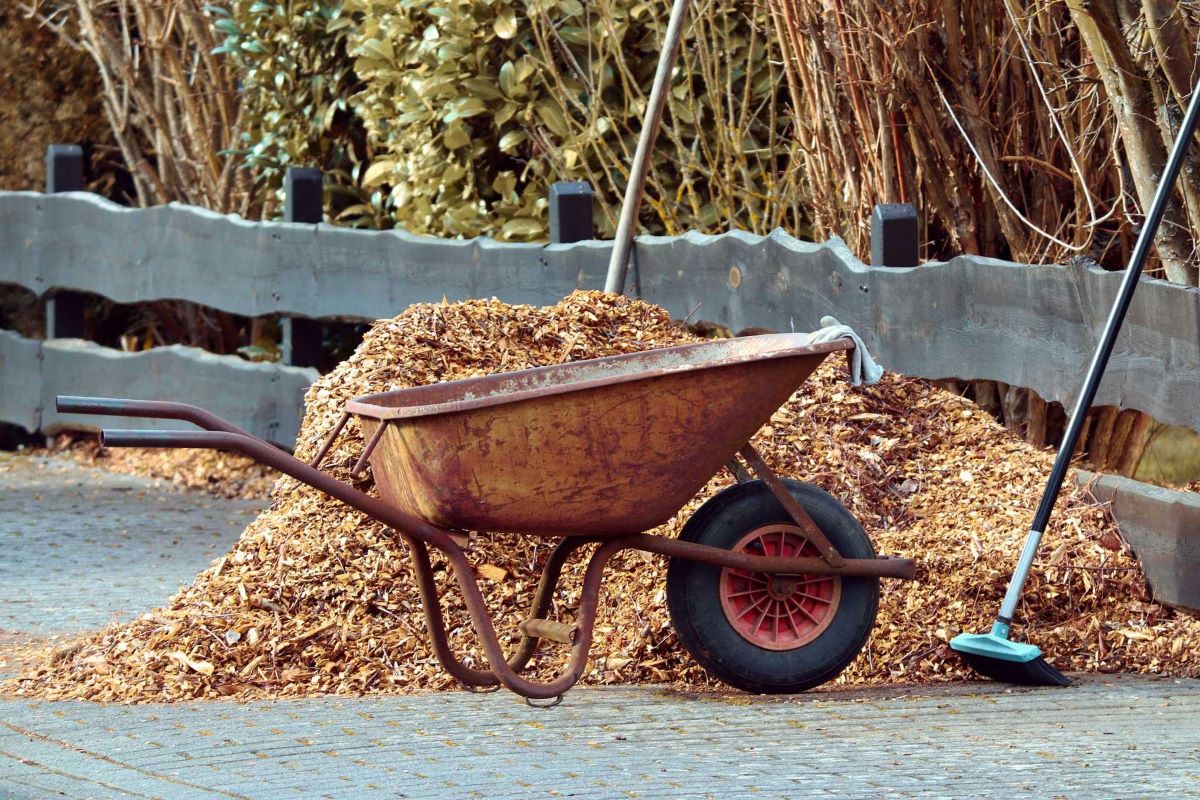
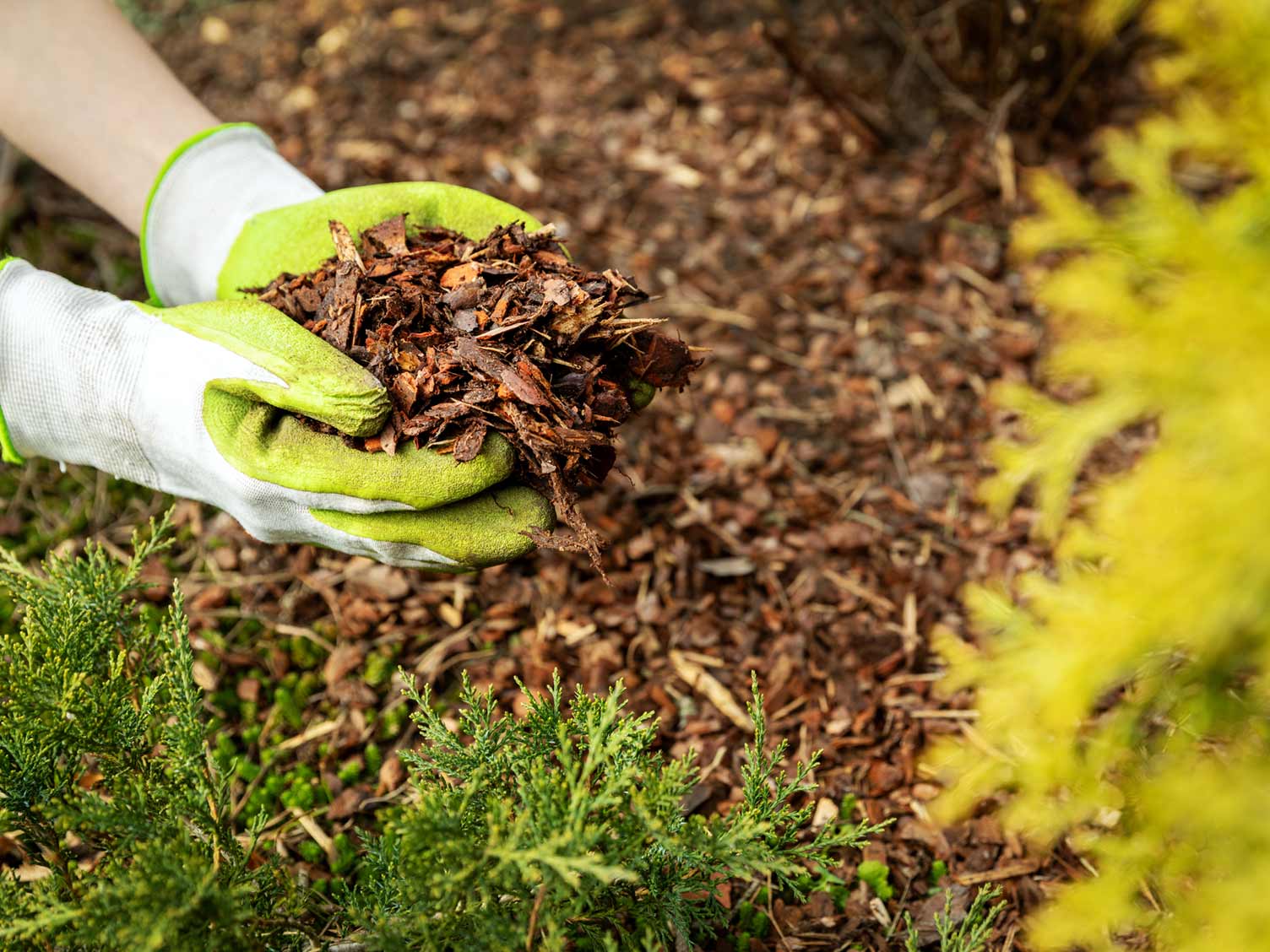
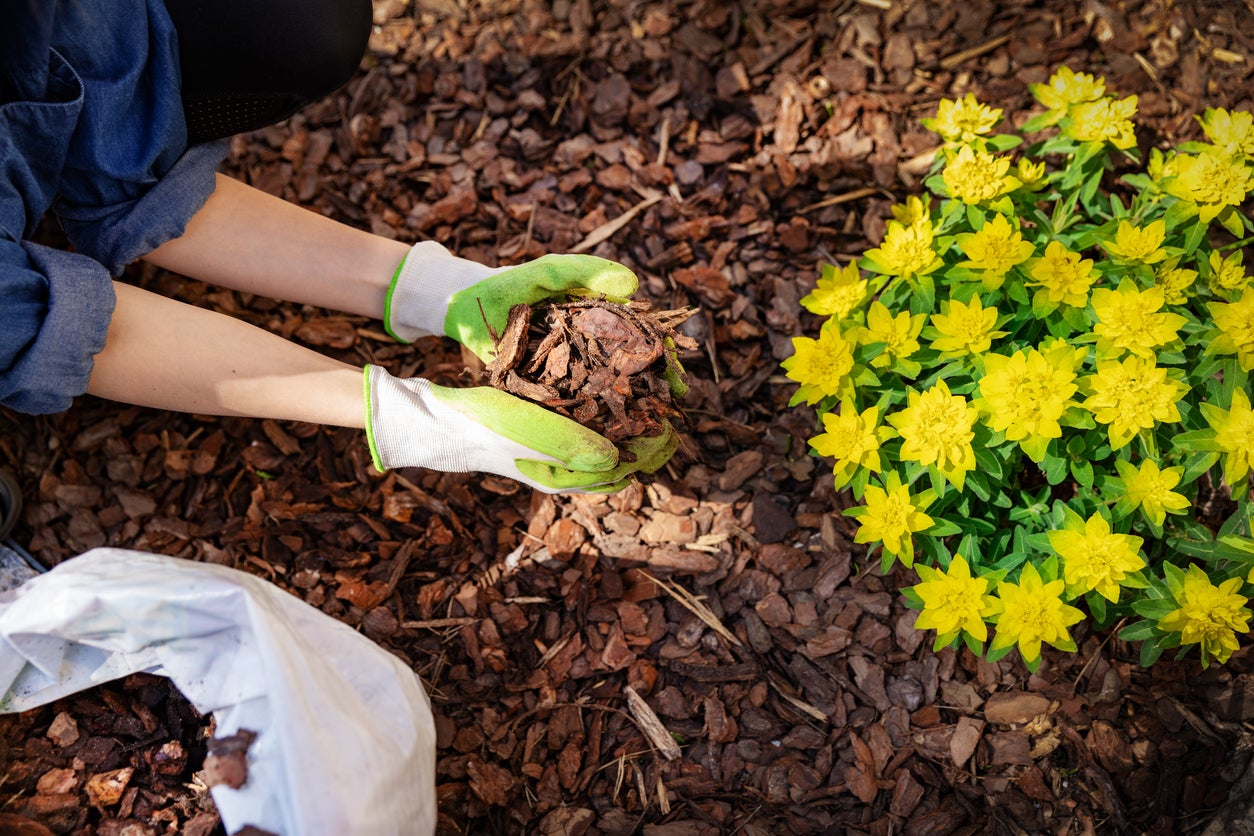
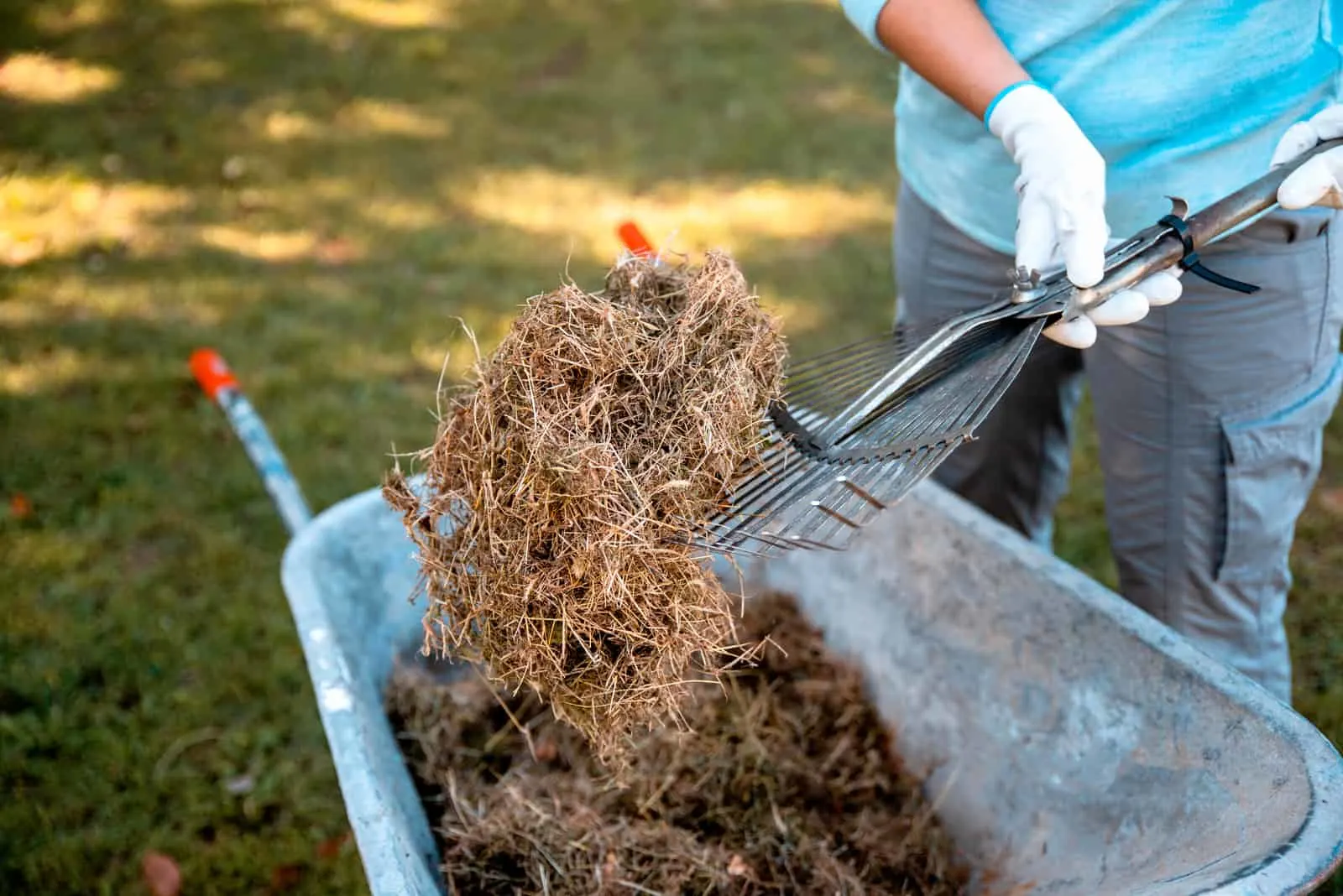
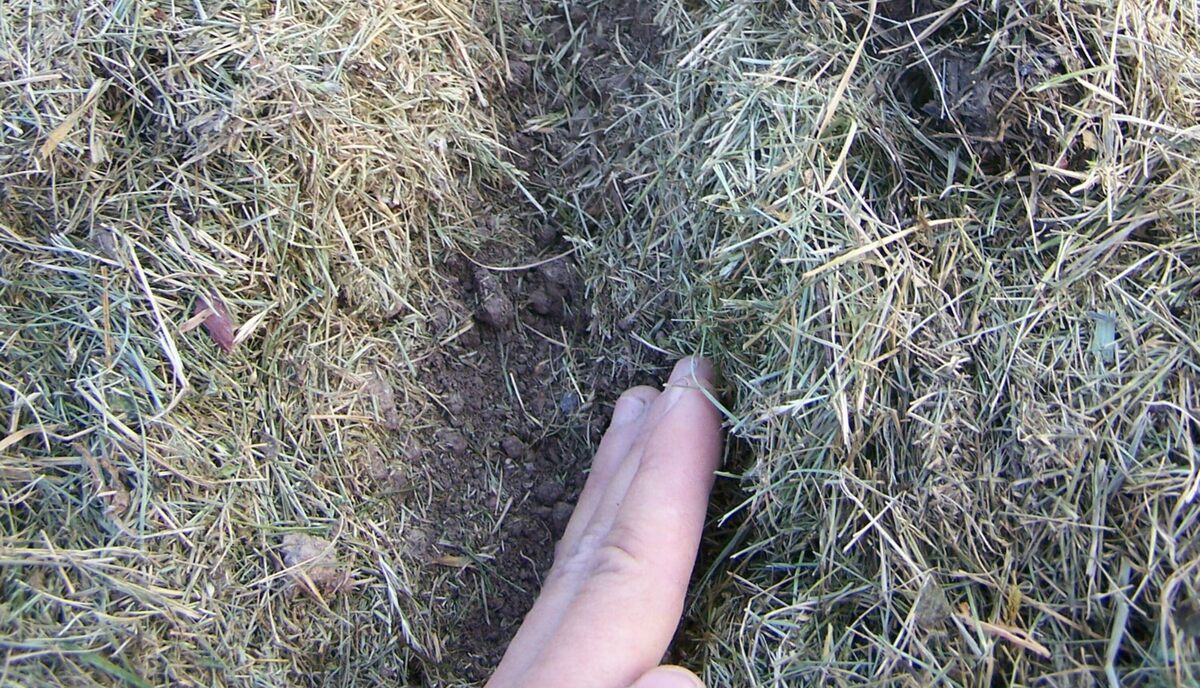
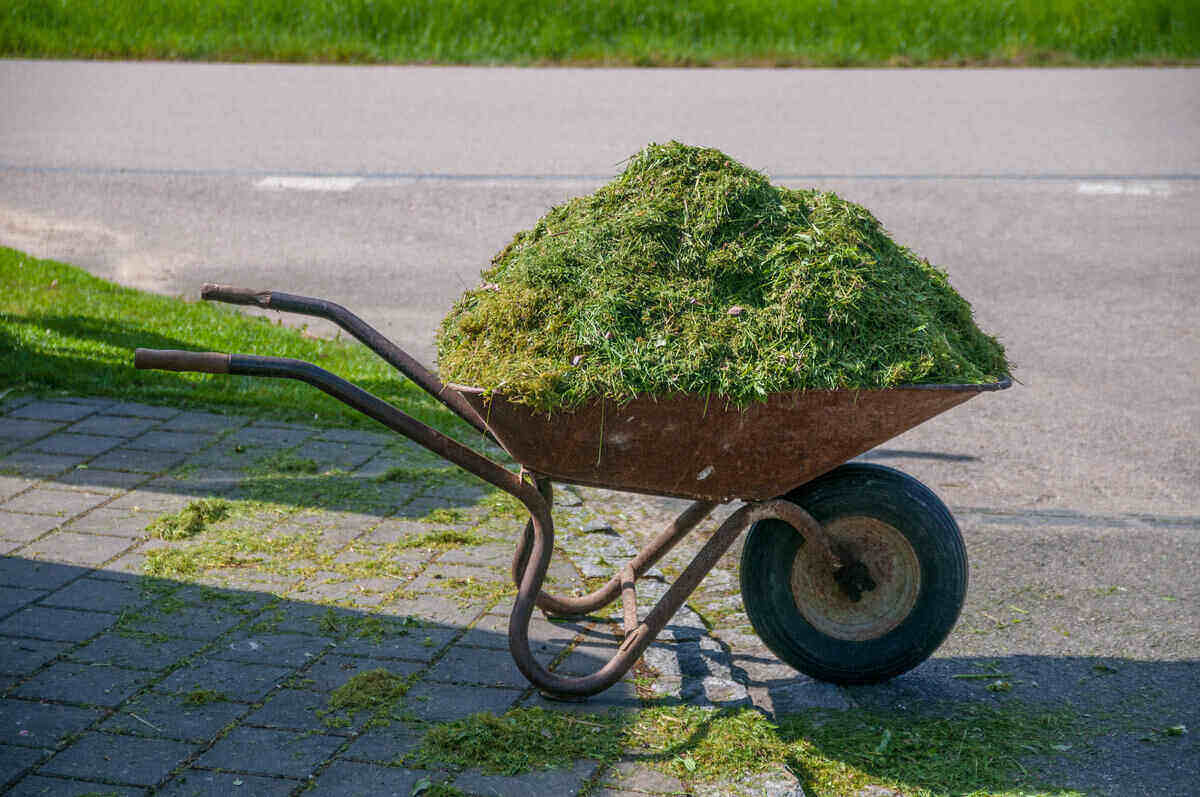
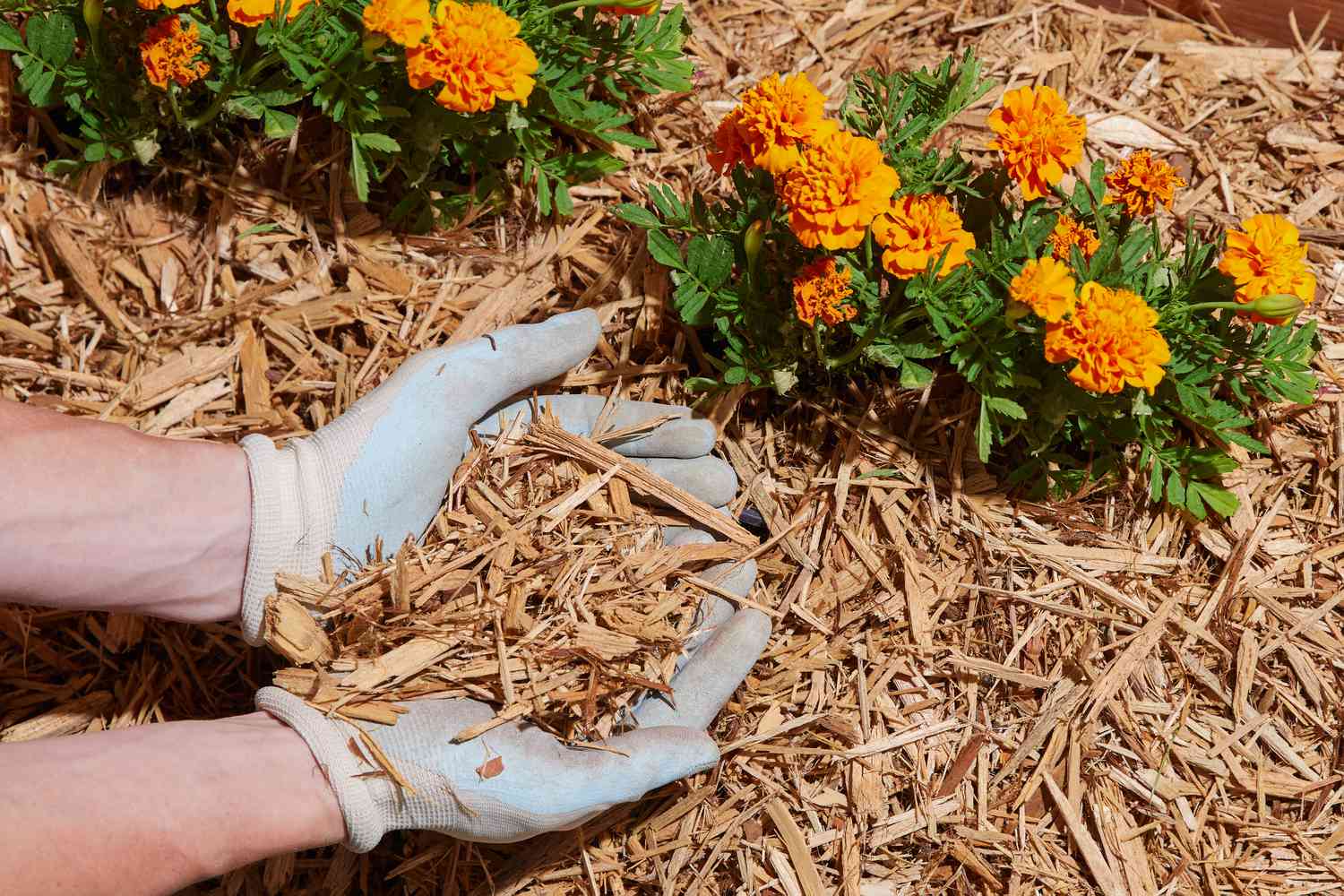
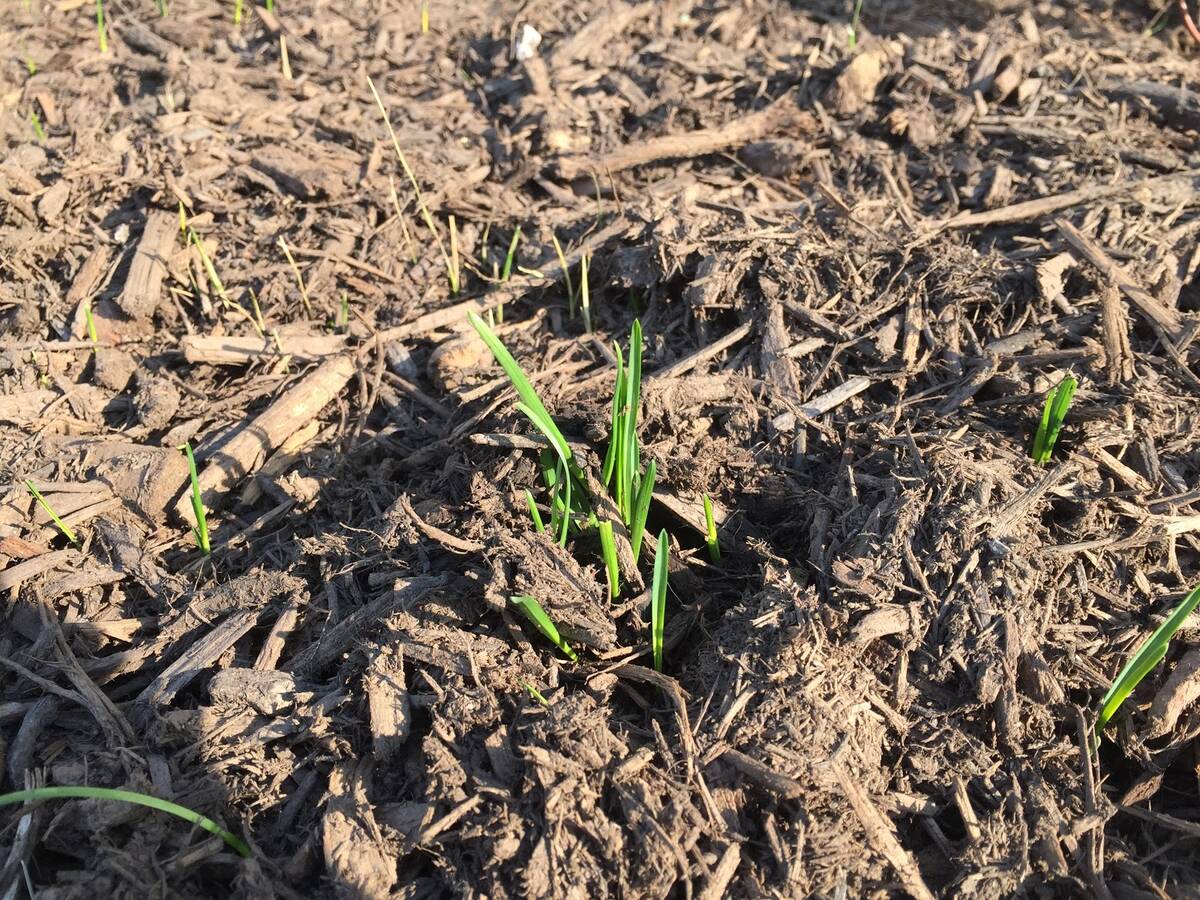
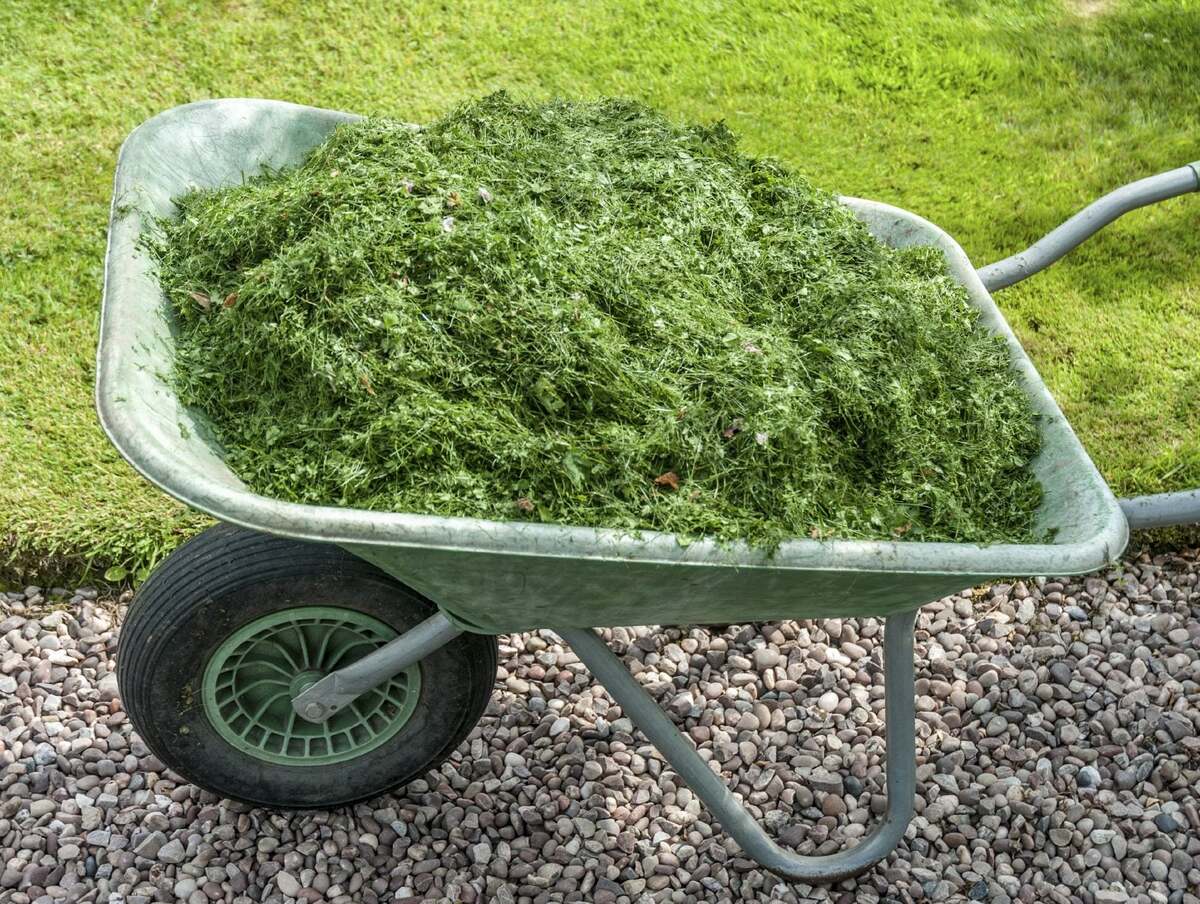
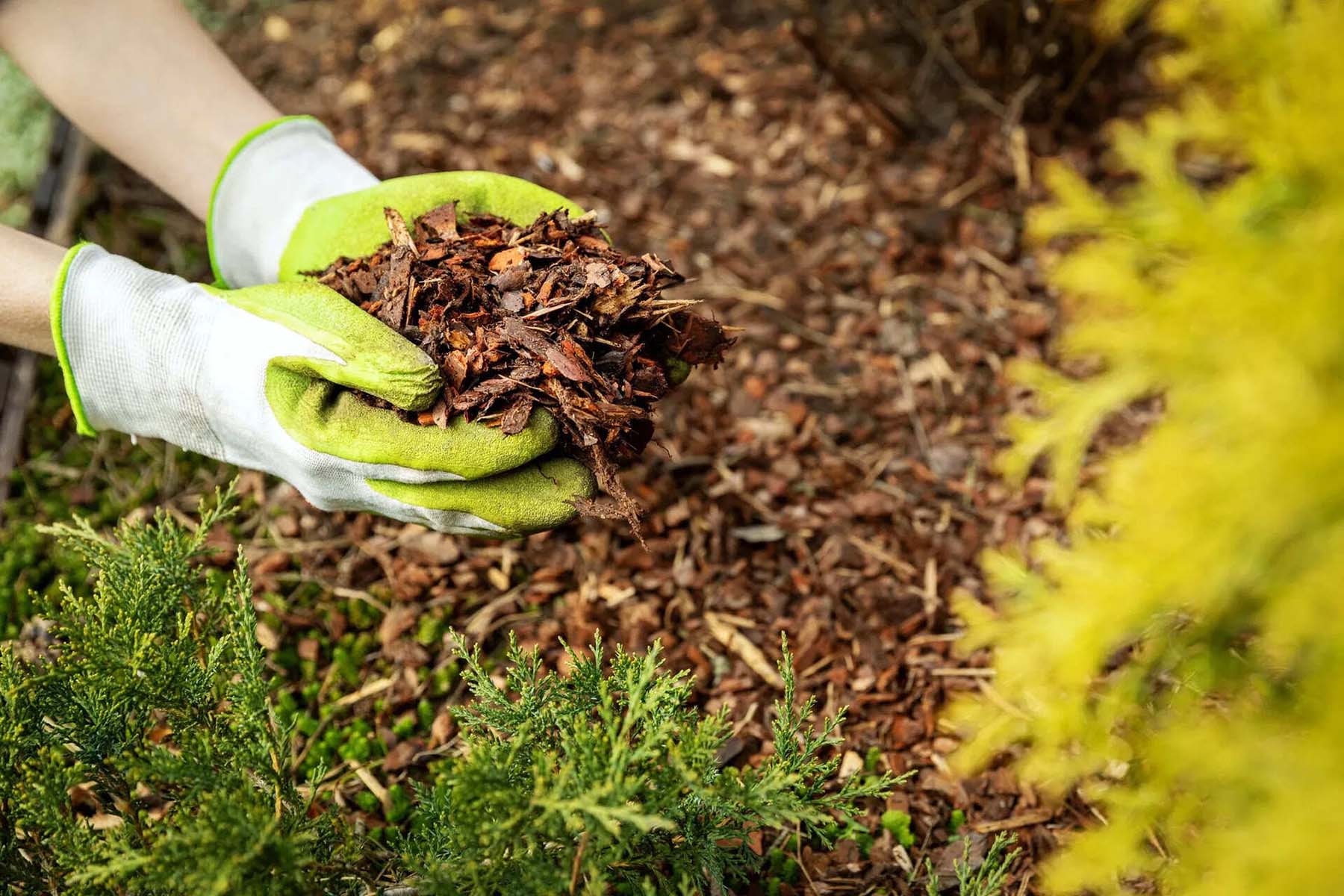
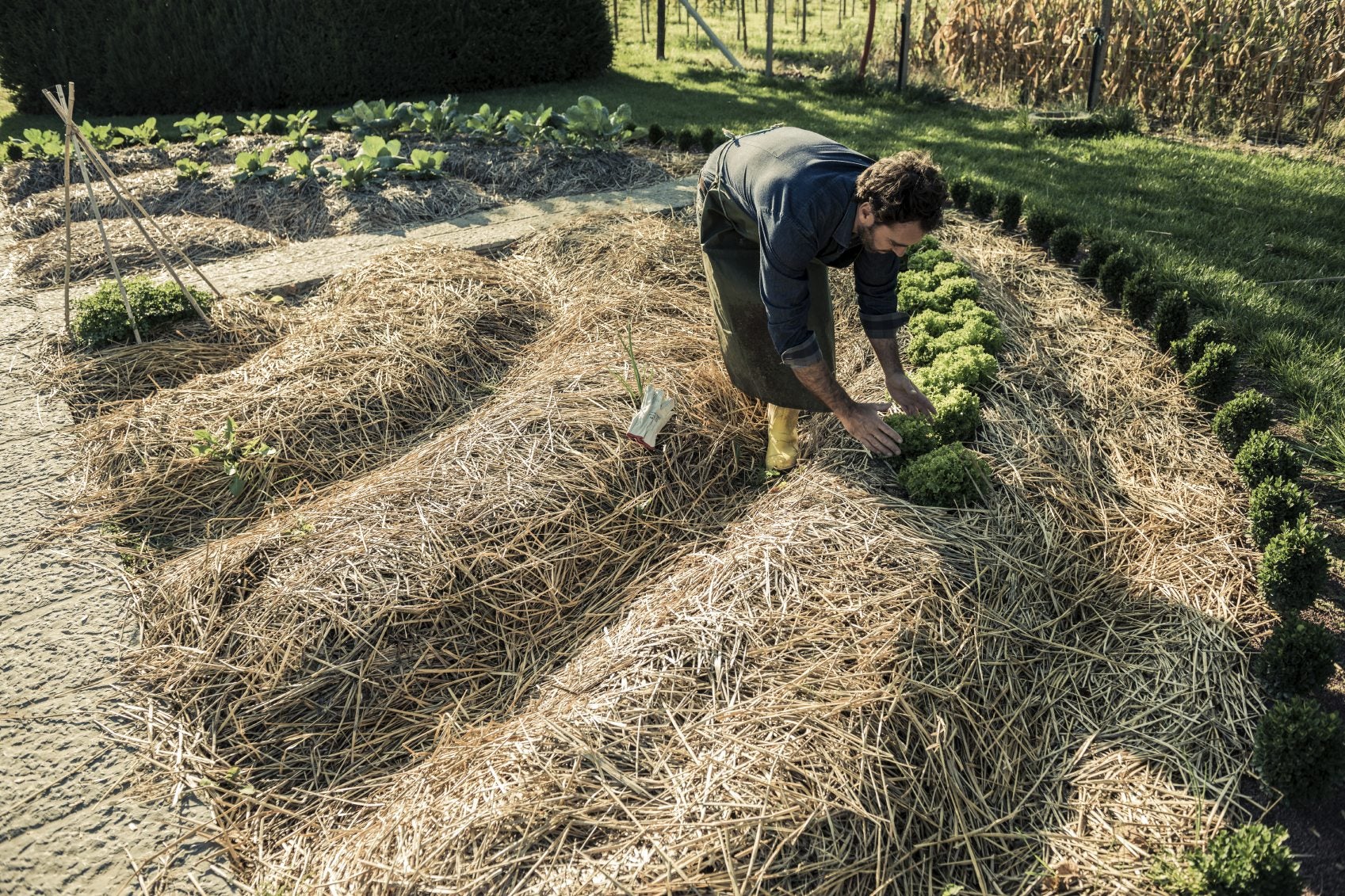
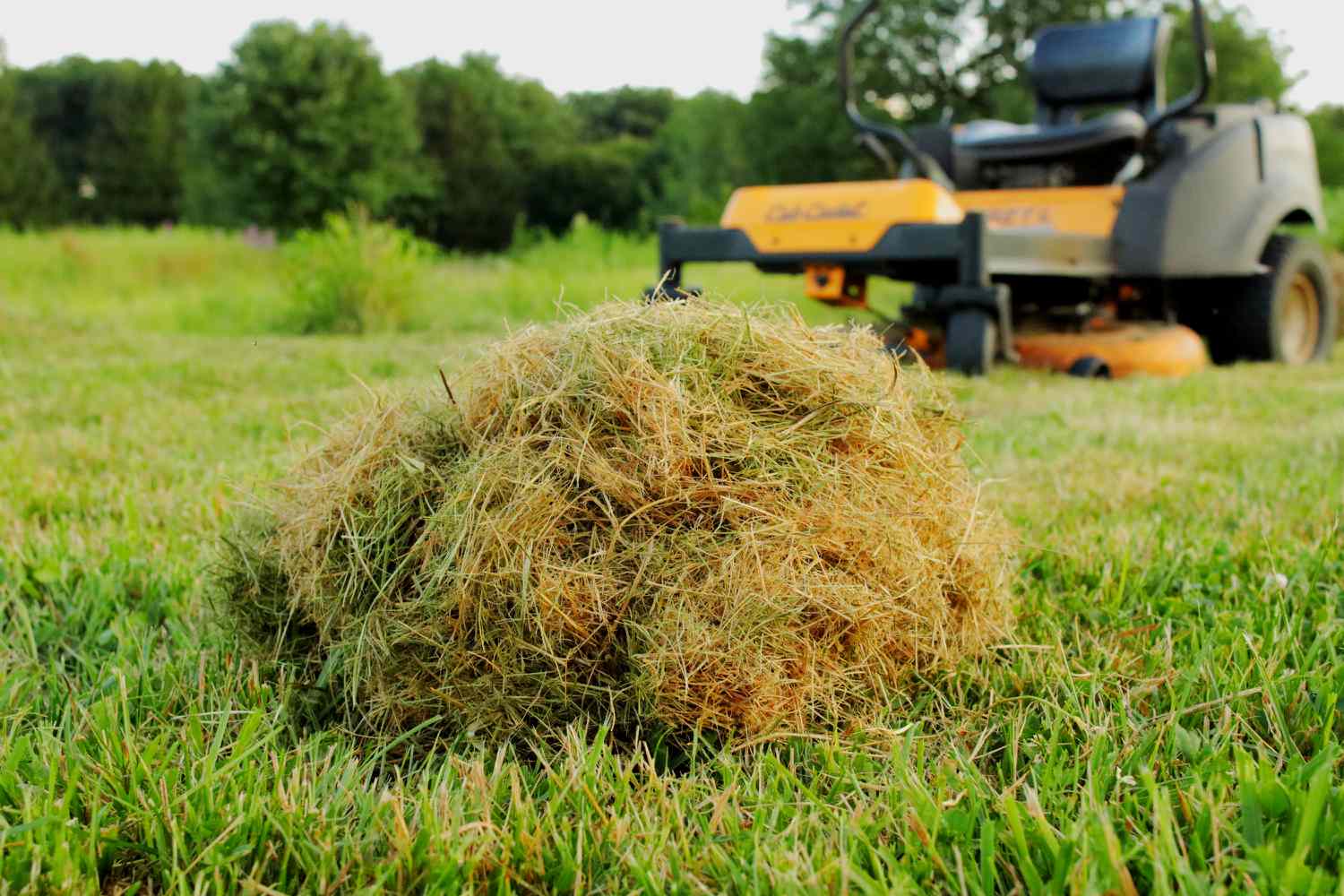
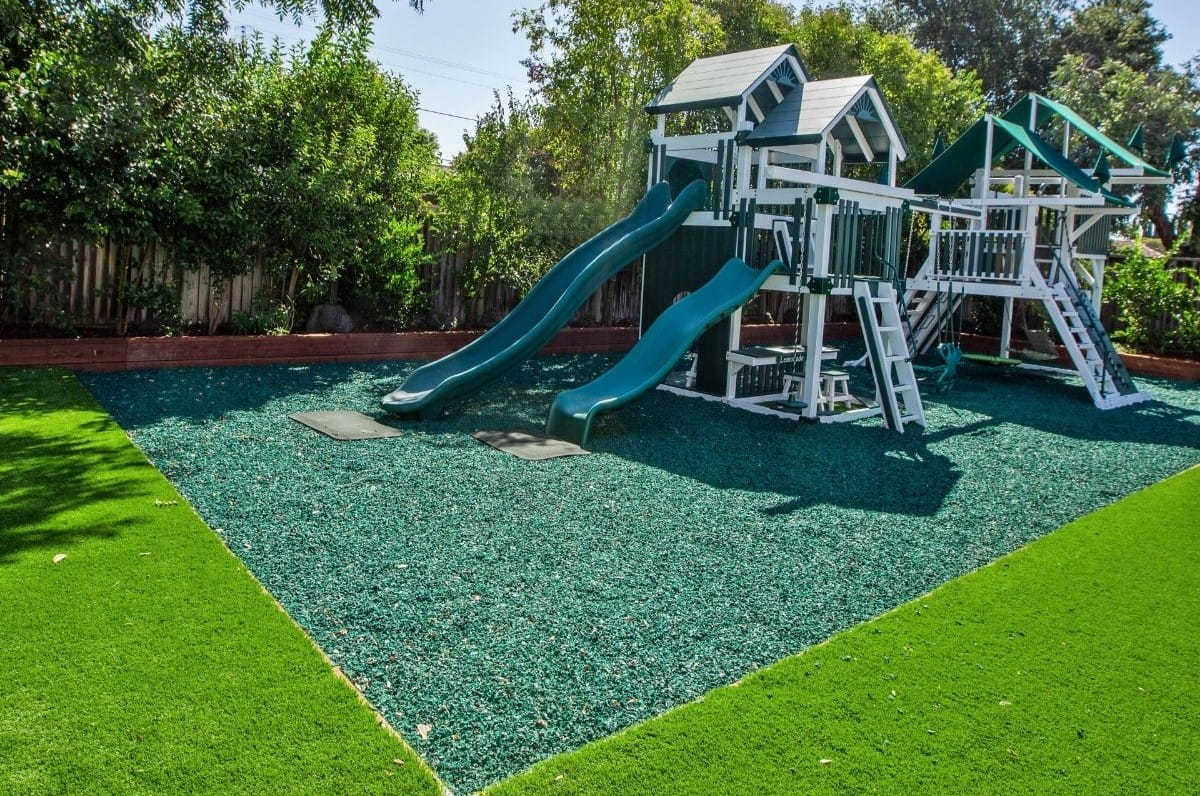
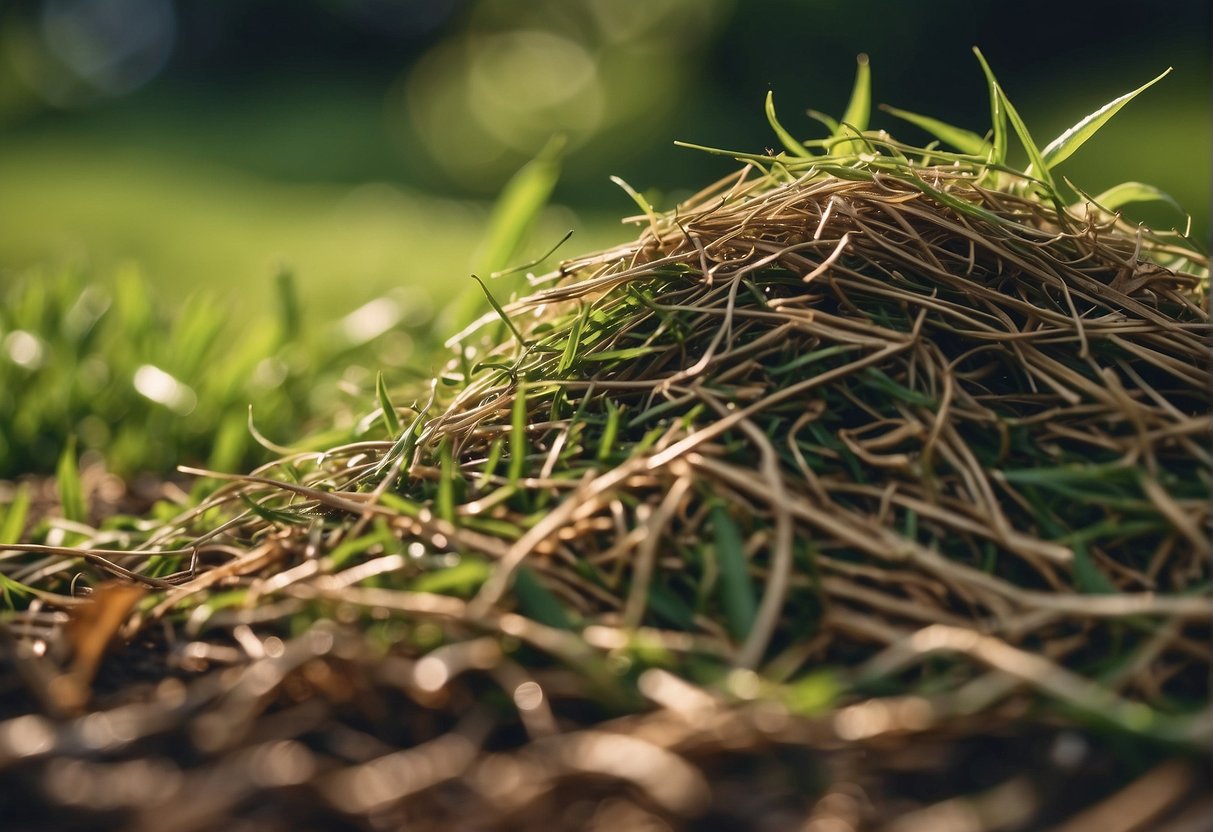

0 thoughts on “How To Mulch Landscaping”